For many of us, having children represents our life’s biggest achievement.
But it also marks the beginning of the biggest balancing act we will ever face.
The work-life balance is arguably the ultimate ‘real life parenting dilemma’ in that it affects every parent and is almost impossible to achieve.
What is more important to parents – work and career, or time with the kids? Money or time? And how do we juggle life to achieve our work-life balance goals?
We need money to do things with our kids. But we need to minimise our working hours to create time with them. Is it a Catch-22 conundrum, or is there an answer?
Data shows parents are struggling to manage work and family
The Modern Families Index is the most comprehensive study of how working parents manage the balance between work and family life in Scotland.
The 2020 study revealed that only 30% of Scottish parents said they had the right balance between money and family time. Forty-seven percent worked flexible hours to fit around their kids.
In terms of how a parent’s work affects family life, 41% said it prevented them saying goodnight to their children. Forty-three percent said it stopped them helping their kids with homework. And 46% said it had a negative impact on spending time together as a family.
Tellingly, nearly one in three parents said they intended to take a pay cut and work fewer hours within the next two years.
The current cost of living crisis may put a spanner in such plans for many. But it shows how many parents feel they haven’t got the work-life balance right.
Stephen Covey, author of the bestselling book ‘7 Habits of Highly Effective People’, said: “The challenge of work-life balance is one of the most significant struggles faced by modern man.”
However, it is generally recognised that the modern world doesn’t always lend itself to a harmonious life. Several Scottish companies are trialling four-day working weeks, to help improve employees’ work-life balance.
‘Managing without grandparents a scary thought’
We spoke to two families to find out what juggling a house, career and children entails in 2022.
Mandy and Michael Fletcher live in Kintore, Aberdeenshire with sons Harrison, 3, and Cameron, 8 months.
Michael works full-time, with Mandy due to go back to full-time work in September after her maternity leave ends.
Mandy was working full-time until Cameron was born last year. Harrison goes to nursery part-time – the rest of the time they get grandparental help to make things work.
“Nursery’s just too expensive,” said Mandy.
“It’s £60 a day and going up all the time. Michael’s mum, who is still working, actually went down to part-time after we had Harrison so she could help out.”
Michael added: “I don’t really think about what it would be like without my parents’ help, because it’s a bit of a scary thought.”
Full-time work and kids: A ‘logistical nightmare’
While Mandy says she is looking forward to getting back to work, she is under no illusions about what lies ahead, having gone back full-time after Harrison turned one.
“It was chaotic in the mornings. Just dragging him out of bed, dropping him off at nursery as quick as I could, and getting to work on time was a challenge,” said Mandy.
“My work’s quite demanding, I could be sitting there until 5.30pm or 6pm, and Harrison was always one of the last to be picked up when it was me doing the pick-up.
“Then when I got home there was a list of things needing done. When he’d been fed and gone to bed, we’d start cleaning the house.”
She added: “Because we’re still a young family, I think we still have a lot of that guilt, if we don’t have the time to take Harrison somewhere or pick him up late from nursery.
“I enjoy my job, but I am dreading the logistical nightmare of going back to work full-time with two kids. At Cameron’s age, he can’t hang about waiting for dinner until half six, seven o’clock.”
‘There are just too many things to remember’
As one child becomes two or three, we find ourselves doing things we’d have laughed at during our younger, carefree years.
For husband Michael, this includes managing day-to-day life through Excel spreadsheets.
“We were pinning so many notes up in the kitchen, thinking ‘this has to be done’, ‘can’t forget that’,” he said.
“I’ve now got an Excel sheet. It’s not something I’d ever have done in my 20s. But now there are just too many things to remember, events and vaccinations or whatever it is.
“So I look at it a couple of times a week just so I know in my head what’s coming up. It’s given me a bit of order in the chaos.”
‘Parenting is tough, exhausting, emotionally draining, and unremitting’
A lot of the things we do to manage daily life as a busy family unit ultimately come down to staying sane.
A cursory Google search took me to a ‘parenting specialist’ who introduces her website with: “Parenting is tough, exhausting, emotionally draining, and unremitting. The most important thing is to stay sane.”
Mandy agrees: “Yes, keeping sane and trying to take a more relaxed approach to parenting.
“If you’re relaxed, I think your child picks up on those vibes, and it makes the whole parenting situation that bit easier.
“I was quite highly strung when we first had Harrison, but we’ve learned to be more relaxed as time has gone on.”
‘Money’s not important enough to miss out on your child’s life’
She said there is a clear career path for her if she chooses to take it, but as a parent such decisions are rarely straightforward.
“I think you have to decide what comes first, your children or career,” said Mandy.
“You can’t prioritise both. Prioritising a career would mean less quality time with my children.
“Money’s not important enough to miss out on your child’s life.”
So what is the work-life balance, and is it an impossible dream?
“The work-life balance is just life – for everyone,” said Mandy.
“But I think the dynamics have changed in the last 30 years. The cost of living is so high, people have to work.”
Michael added: “I think it’s possible, but there are a lot of new weights being put on parents and you need to find a way of balancing them.”
Identifying which balls can be dropped
So much for juggling things with pre-school kids. What about when they get older?
Tom and Jenn Bishop are parents to Julia, 11, Thomas, 9, and Emma-June, 5. As well as the day job as a project planner at BAE Systems, Tom works as a career coach on the side from his home in Greenock.
So he is particularly sensitive to the difficulty of juggling career and kids.
“It’s not easy to get any kind of true balance,” said Tom, “but it’s always possible.”
“I like the analogy of juggling balls, keeping them all in the air. But it’s more about identifying which ones you can drop. Some balls are glass and some balls are rubber. The important ones are the glass ones.”
When I talk to parents about the work-life balance, certain themes tend to recur.
Firstly, an acceptance that parents are not perfect, merely well-intentioned people doing the best they can.
And secondly, that despite our best intentions, sometimes things don’t work out how we want them to, sometimes life gets in the way and plans change.
The veil of parental infallibility
“There are times when, unfortunately, we have to disappoint our kids and change plans,” said Tom.
“That’s real life. So I think the biggest thing sometimes is just managing expectations.
“It’s about allowing kids to see beyond that veil of parental infallibility. It lets them realise that parents are people too, and we’re doing the best we can in all circumstances.
“That pulls them into decision-making and planning, and allows them to start doing their own balancing at a young age.
“That’s perhaps healthier than raising our children in these protective bubbles where they’re shielded from the realities of the real world.
“There’s nothing wrong with little disappointments. For example, during the summer holidays last year we had essentially planned a trip every week of the holidays. A big one was a long weekend in Arran – we had a lodge booked, a ferry booked. The realities of life meant we had to cancel, and do it in October instead.”
‘Every family has to strike its own balance’
Like Mandy and Michael in Kintore, Tom and Jenn accept that you can’t have it all, that there’s no such thing as the perfect work-life balance.
“It’s never going to be 100% balanced – it’s about striking the best balance that you can,” said Tom.
“Sometimes it will be overly-balanced in favour of work, sometimes in favour of home life.
“Kids get sick, partners get sick, sometimes your partner can’t take time off work – you work it out.
“Everyone looks at it in terms of their own personal balance, but it’s more about the balance as a family.
“Our balance gets pulled in quite a few different directions with the demands of the kids at home, work demands, and now I’m taking care of my wife who is recovering from a stroke and is unable to work.
“Then there are families where there aren’t two parents around. Every family has to strike its own balance.”
He added: “It’s called the work-life balance, but it’s just life. It’s finding out how to navigate through life and be able to accomplish all of your goals, both in the personal and professional settings.”
More from the Schools and Family team
A new way of schooling: Teaching kids who are too anxious to leave the house
Meet the ‘latte pappas’: Stay-at-home Dads in Sweden
Pregnant women left feeling ‘isolated and anxious’ by Covid restrictions
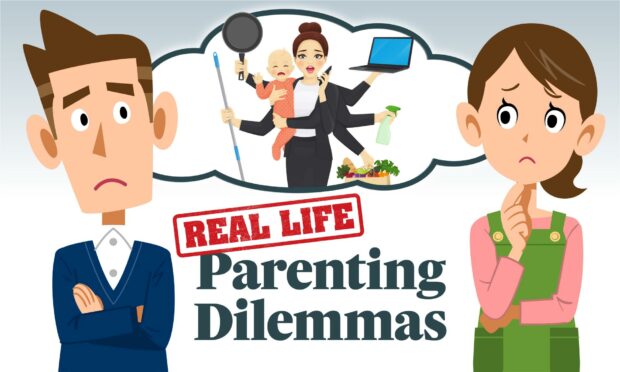
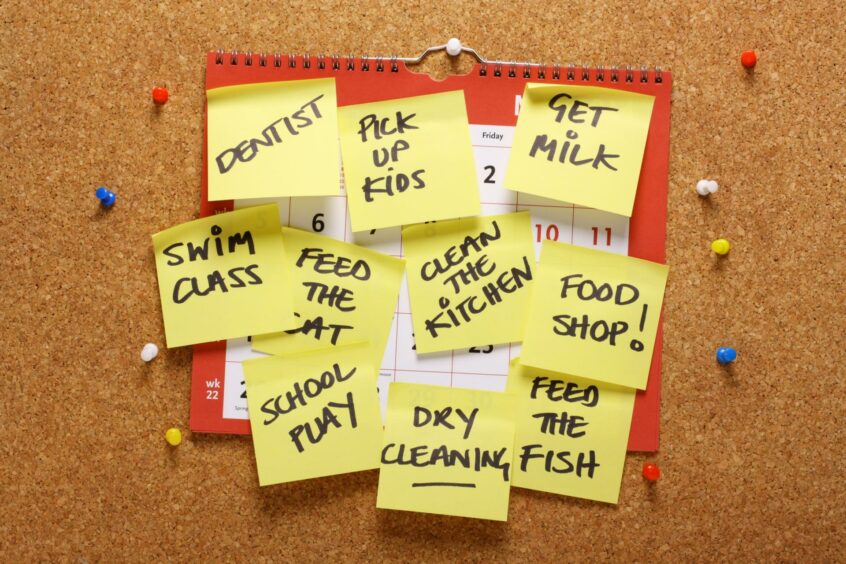
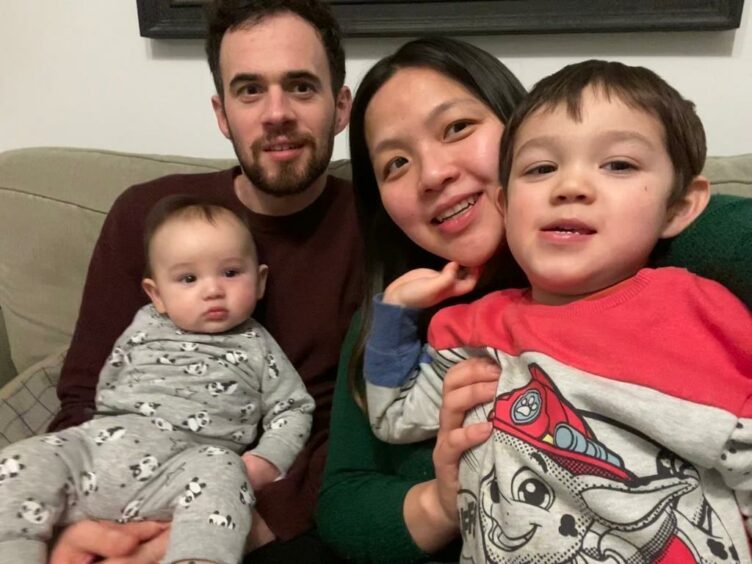
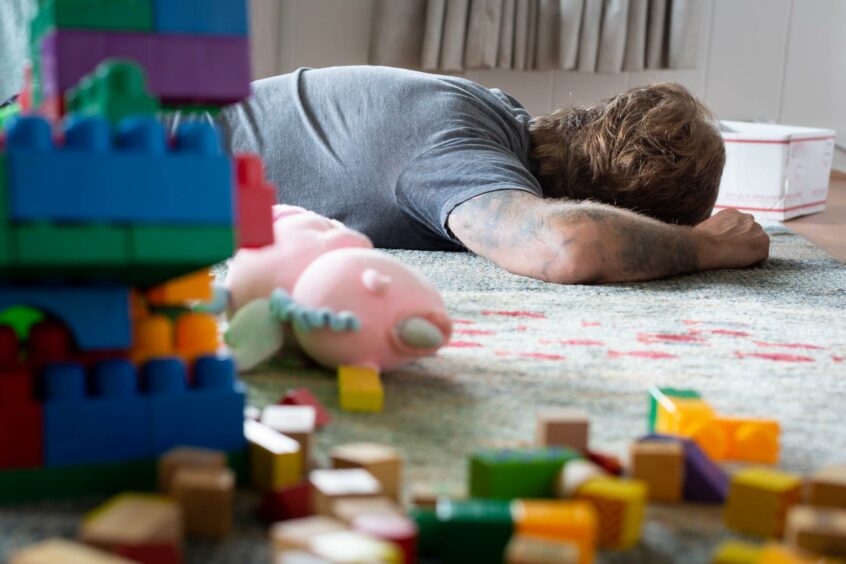
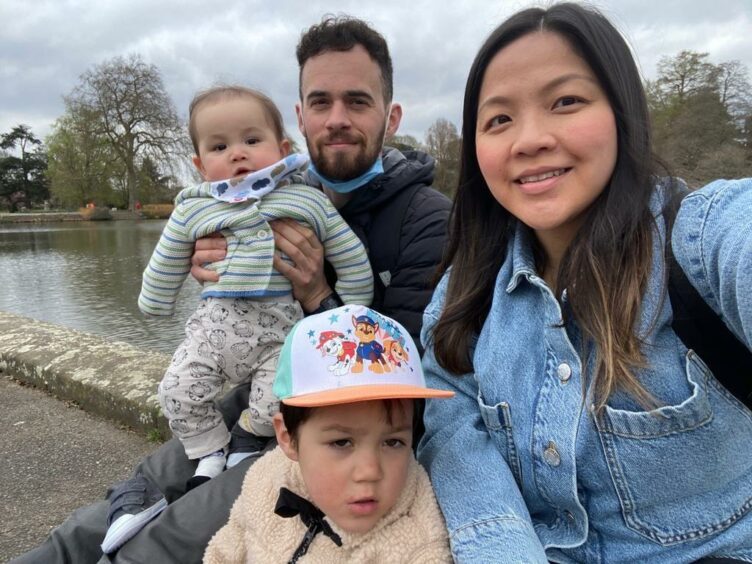

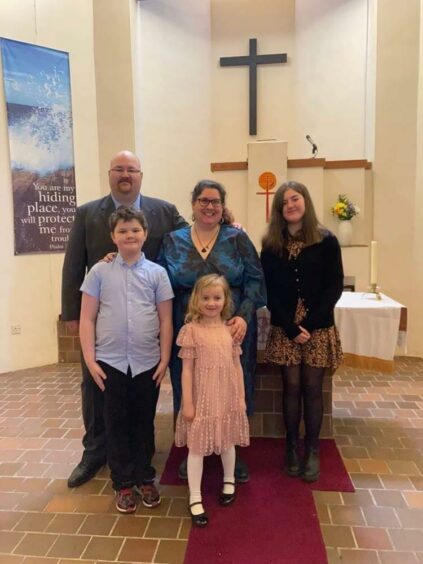
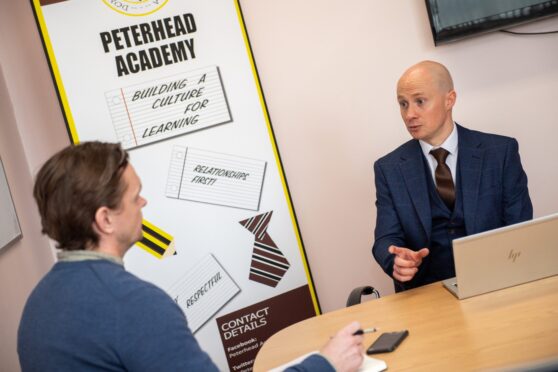
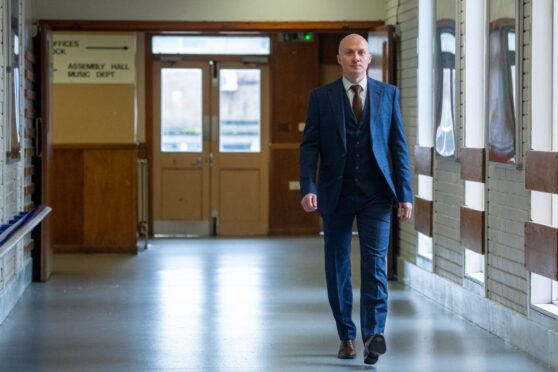
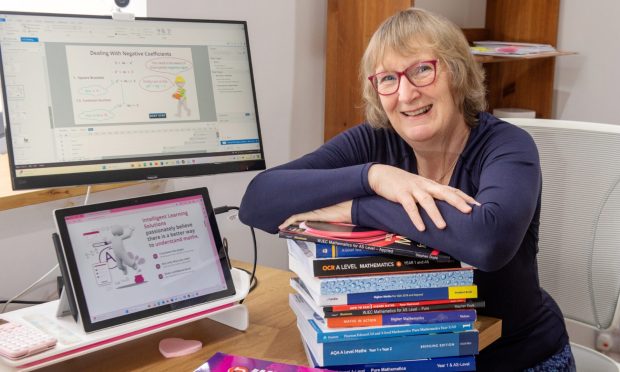
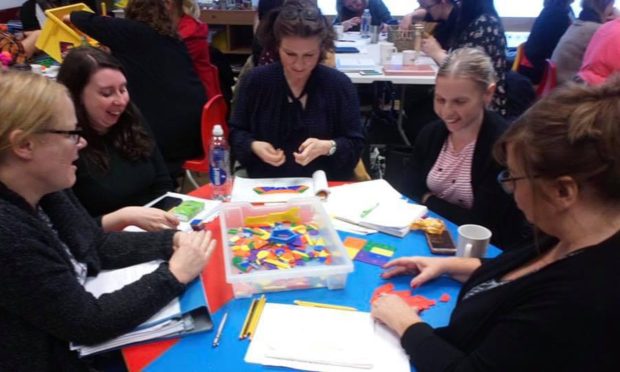

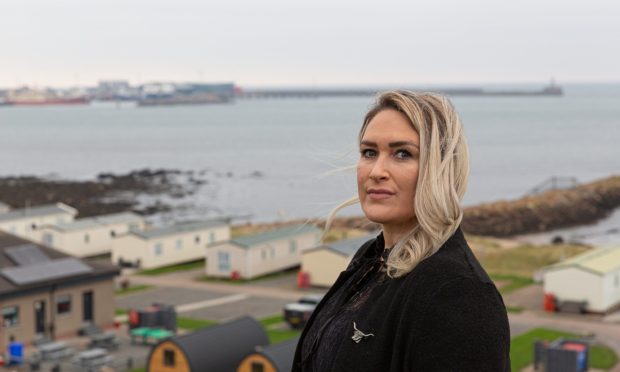
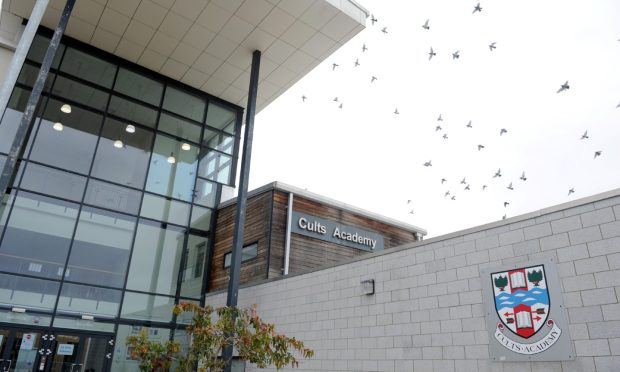

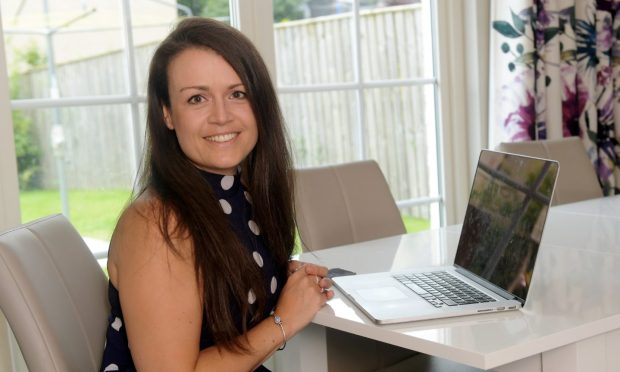
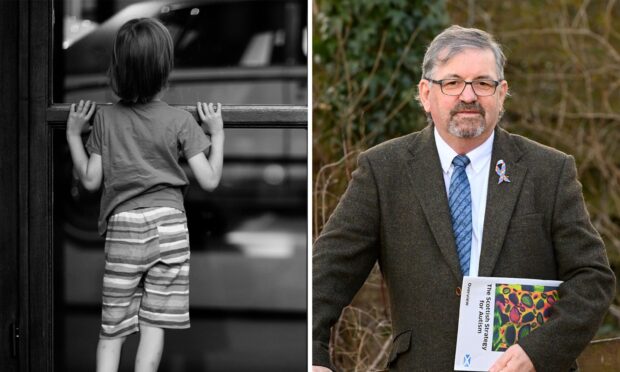
Conversation